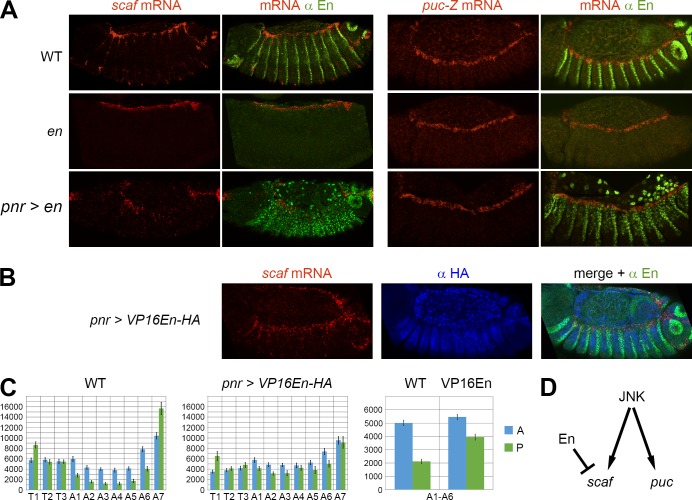Fig 4. En is a direct repressor of scaf expression.
A) FISH-IF showing scaf (left panels) or puc-Z (right panels) expression in WT embryos (top panels), en mutants (middle panels) and embryos overexpressing en with pnr-GAL4 (lower panels). The segmented expression of scaf is lost in the en mutant, and scaf is down-regulated in en-overexpressing embryos. In contrast, no change is observed with the non-segmented expression of puc-Z. The pnr-GAL4 driver induces homogenous ectopic expression of en in the dorsal part of the embryo (dorsal ectoderm and amnioserosa), as indicated by the anti-En staining (green). B) and C) The repression domain of En is required for the inhibition of scaf expression. B) FISH-IF showing that the overexpression with pnr-GAL4 of the VP16En mutant form, for which the repressor domain has been replaced by VP16, does not inhibit scaf expression. Anti-HA immunostaining (blue) was used to select embryos overexpressing VP16En, which is HA-tagged in its N-terminal part. C) Quantification of scaf expression in WT or VP16En-overexpressing embryos. The two bar diagrams on the left show the expression intensity (a.u. +/- s.e.m.; n = 20 for WT and n = 15 for pnr > VP16En) for each compartment (anterior in blue and posterior in green) in each segment. The bar diagram on the far right represents the average expression in the central A1 to A6 segments of WT or VP16En-overexpressing embryos, which shows an increase of scaf mRNA in the posterior compartments with VP16En. D) Summary of the regulatory network occurring in the LE.

